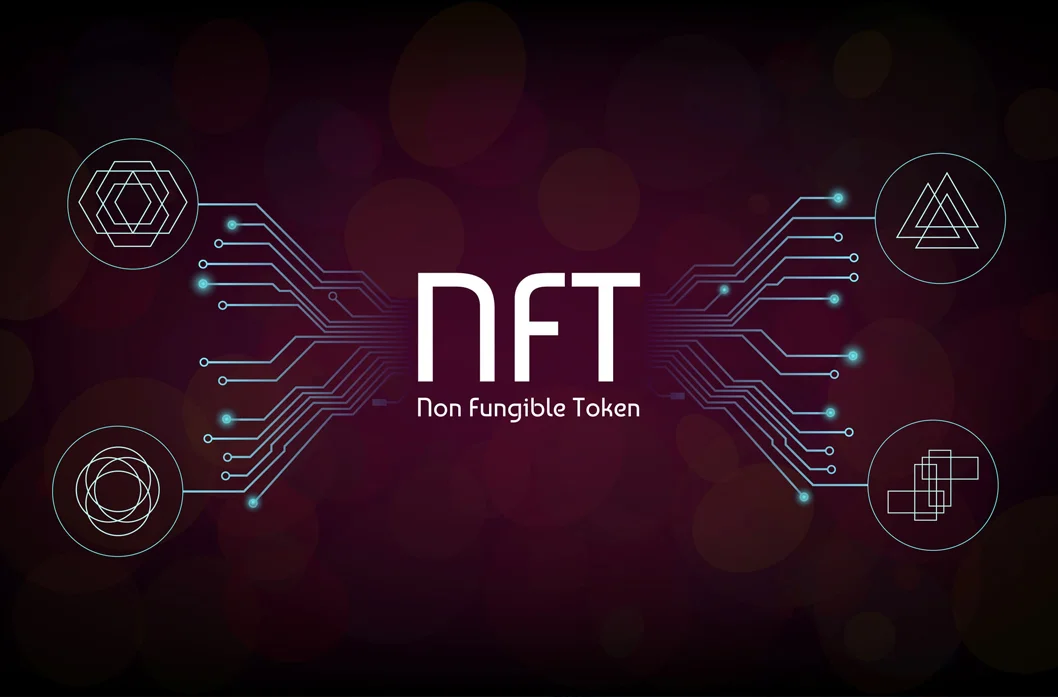
Let’s talk about dynamic NFTs – 1 of the latest technologies that have many many applications in data storage and management.
With a more complete understanding of traditional NFTs, we can take a closer look at what the term “dynamic” means in this context. In many cases, it is useful to give NFTs the ability to react and react to external conditions. Why? Because that can trigger changes to the token’s metadata, which is exactly what “dynamic” refers to in this case.
Take a progression-based game as an example, where the NFT represents the avatar in the game. Avatars can have different skills, such as strength, speed, agility, etc., specified in the token’s metadata. As a player progresses in the game, we need to update the elements so that the token reflects the player’s effort.
This essentially means that dynamic NFTs retain a unique identifier but are given the ability to change and update aspects of their metadata based on external conditions.
Dynamic NFTs can develop using both off-chain and on-chain computation, and the technology that makes this possible is smart contracts. Whenever an NFT (non-fungible token) is requested, smart contracts evaluate the off-chain and on-chain data to determine the response displayed to the user.
Essentially, this means that smart contracts allow the NFT to change, update, and expand over a period of time. Accordingly, smart contracts determine if a non-fungible token should change and if so, then change the NFT’s metadata dynamically based on off-chain and on-chain data.
A static NFT is a token with permanent and immutable characteristics recorded on the blockchain. Examples of static NFTs could be images, videos, music, in-game items, etc. In many cases, such as digital art or digital collectibles, a static NFT makes perfect sense. In fact, it might even be the immutable aspect of static NFTs that makes them valuable.
However, the next step in the evolution of NFTs (non-fungible tokens) is dynamic NFTs, and they could become quite useful in the future of the blockchain space. These token types combine the verifiable qualities of a static NFT with dynamic data input. Furthermore, dynamic NFTs can take input from both off-chain and on-chain data sources to change the token’s metadata. Therefore, the main difference between static and dynamic NFT is the ability to change the token’s metadata.
As a result, use cases for both static and dynamic NFTs can be found, and one will likely not replace the other, meaning there is room for both static and dynamic NFTs in the crypto space. However, the introduction of dynamic NFTs into the blockchain ecosystem offers even more flexibility and adds more potential use cases for these tokens.
Let’s talk about some Use Case of Dynamic NFTs
The first example is the sports card and in this case we will take a football player as an example. Assume that we have a dynamic NFT that represents a real-world soccer player. NFTs can have information, such as speed, agility, strength, goals scored, assists, etc., stored in the token’s metadata.
However, as the season goes on, these stats will change, such as the player being able to score a few goals. This means that dynamic NFTs can have the option to fetch off-chain data related to player progress and update the metadata accordingly. This wouldn’t be possible with a static NFT as the metadata would be permanent once someone created the token in the first place.
If you want to have more information about dynamic NFTs – contact SmartOSC’s expert here.
Increased acceptance and knowledge sharing have aided the spontaneous growth of cryptocurrency over the last…
Blockchain can be intimidating to research, but attending cryptocurrency events is one of the best…
Blockchain has made inroads into all major industries and is also becoming a part of…
In recent years, blockchain lending solutions have grown in popularity as a way to earn…
The scalability trilemma is still one of the blockchain's most pressing issues. Here are some…
Many people are looking for ways to get involved in the crypto world as the…